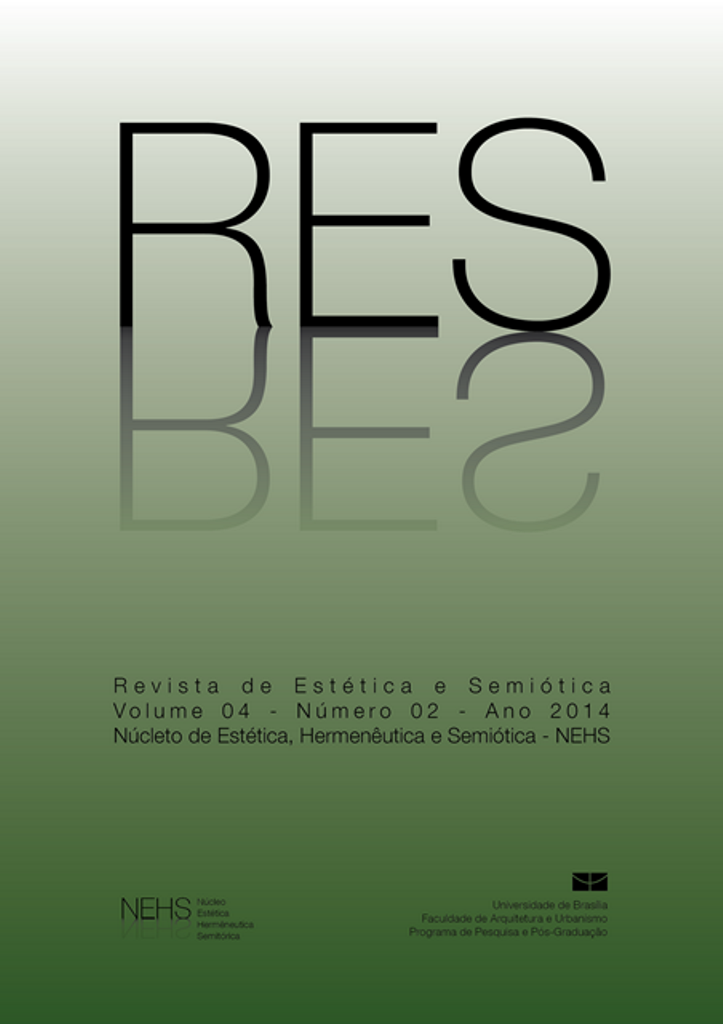O CORPO DO DEMÔNIO
DOI:
https://doi.org/10.18830/issn2238-362X.v4.n2.2014.02Abstract
The human body, as a space of meanings and knowledge, falls definitely on the agenda. As subject and object, in various fields of human knowledge, art, science, philosophy and as a historical symbol of remarkable presence, the question of the body and its representations are fundamental in western thought of the century to come. One could even say that it is a contemporary obsession, was not for the long history that lies behind the body representations. Space for individual expression with collective meanings, "place of biology, psychological expressions, fears and cultural ghosts, the body is a polysemous word, a multifaceted reality and, above all, a historical object." The representation of the human body has always played a central role in Western art. In line with this tradition and since its beginning Christianity has used a system of representations oriented around the human body to emphasize the problematic relationship between the physical body and the soul. The ambiguity of a Christian body fought over by the opposing forces of good and evil, wrenched between Heaven and Hell, gave origin to a vast number of representations and metaphors relating to the human body throughout the history of the written and visual arts. The focus of this chapter is the representation of demonic bodies. More specifically the Devil's body, the great opponent of God. In it, Luther Link provided me significant subsidies on the history of the Devil representations in art. According to him, the figure of the Devil, in terms of its intrinsic significance, was drafted as an epiphenomenon in its several representations, tangling in varied roles, often within the same historical context. The snake, for example, that in the fourteenth century, both can symbolize subtle seductive Eve in Eden, as the terrible punisher of thieves in Canto XXIV of Dante's Inferno. In this sense, the Devil was always a representation marked by ambiguity, devoid of depth, of a servile existence, and which fit, commanded by God and sitting on his throne on fire, to keep the main function of executioner in Hell.
Downloads
References
[2] LINK, Luther. O Diabo: A máscara sem rosto, São Paulo, Ed. Schwarcz.
[3] Esta função é desempenhada exemplarmente nas representações dos infernos dos Juízos Finais, sobretudo no período entre o século XII e o XVI.




